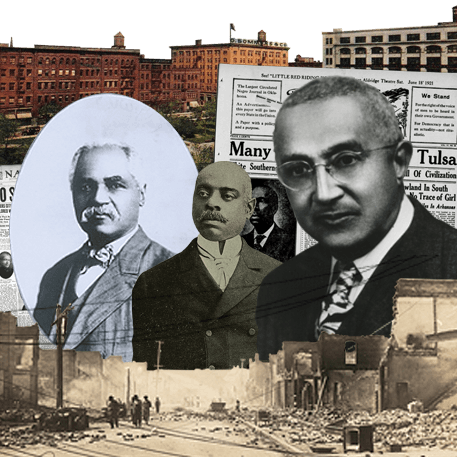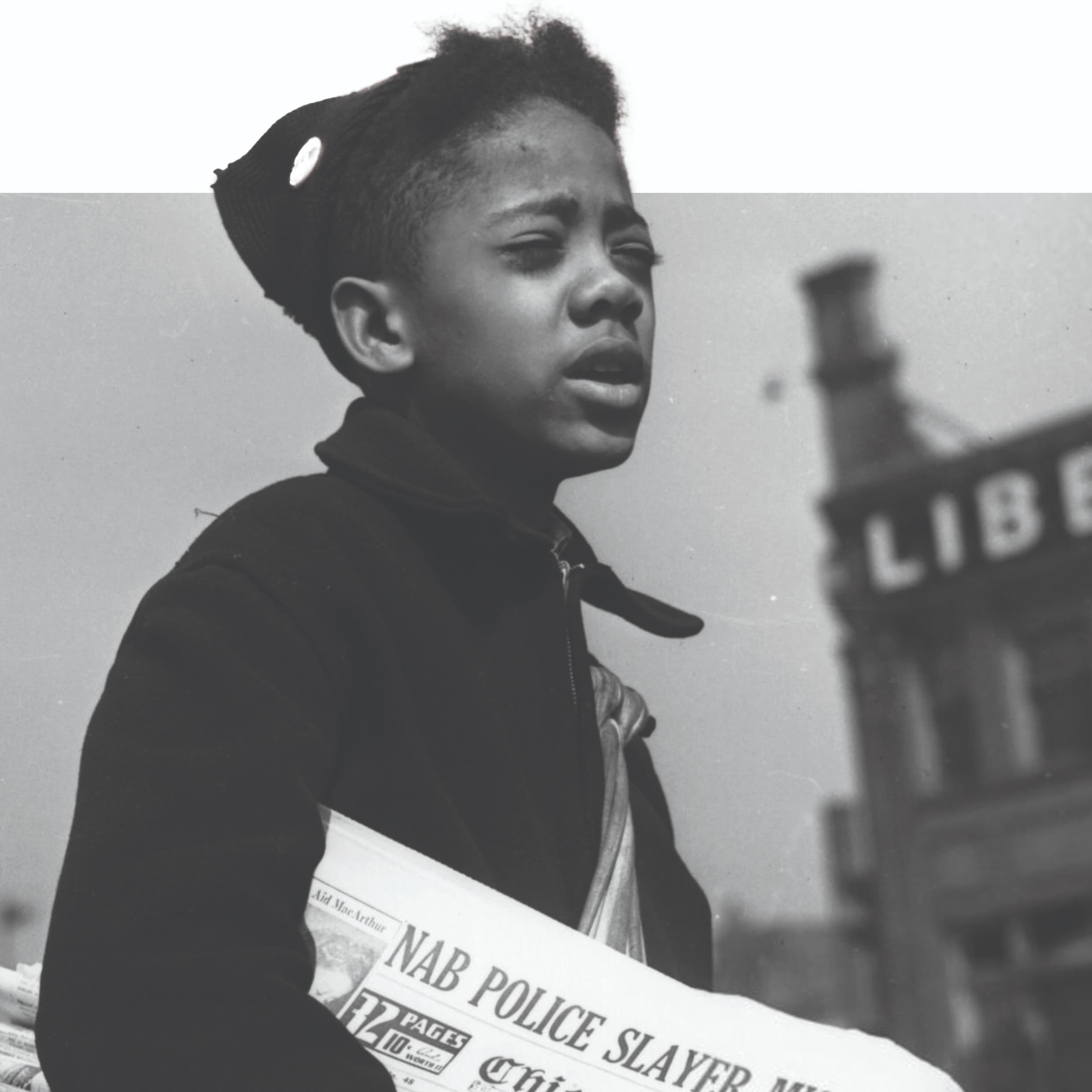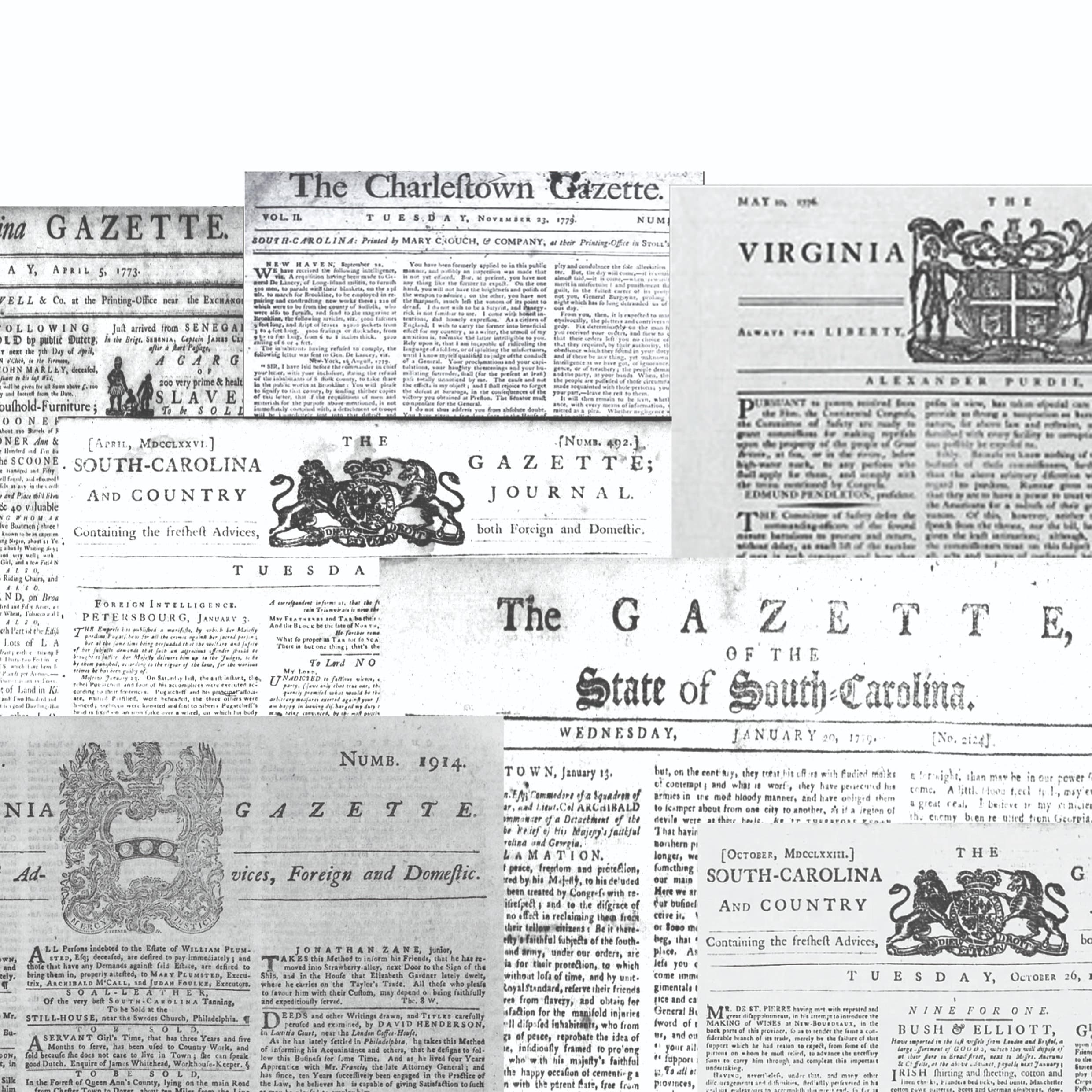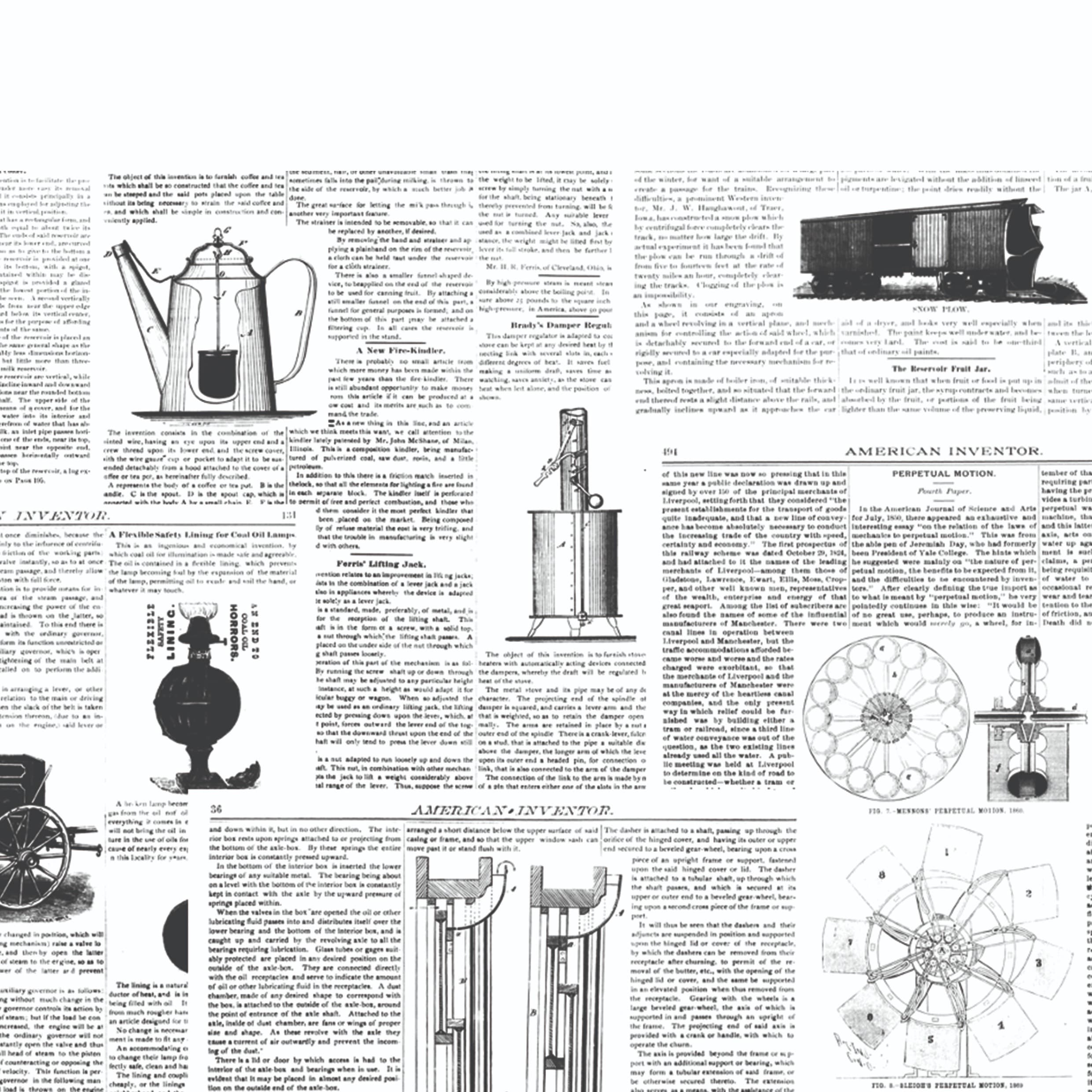When photography was young and before television, the images in Leslie’s profoundly influenced public opinion, capturing readers from barely literate to sophisticated.
No one could match the paper's publishing speed. Detailed engravings of major events, from the Civil War to the Spanish American War, were available within weeks.
Articles covered American culture, the arts, and literature—capturing the zeitgeist of the time.
At a glance
3,458
Nearly 3,500 publications in the collection.
70+
Lasting more than seventy years—one the longest running publications of its kind.
Stories and news reports on the major issues of the day
There are accounts of attacks on union members that precipitated the Haymarket Riot; photos of the 1906 Springfield, Ohio, race riot; details of the Columbia Exposition.
Topics include
Woman Suffrage and other women's issues
Indian Wars of the West
Railroads and advances in transportation
Spanish-American War
Klondike Gold Rush of
Rise of labor and progressivism
San Francisco earthquake
Immigration
Business and commodities
Politics, elections, and political parties
World War I
Agricultural developments
Laying of the Transatlantic Cable
John Brown's Harper’s Ferry arsenal raid
The rise of cities
On the battlefield and in camps of the Union and Confederate armies
Westward movement
Native American life and culture
Industrial Revolution and technology
Recreation and sports development
Society and culture
International coverage
The publication took Americans to places they had never seen before, with unimaginable realism. Asia, Latin America, the British Empire worldwide, the war in South Africa, natural disasters and famine in China, expansion of American trade, the rise of colonial empires in Africa, various monarchies, political intrigues, ethnic minorities, emigration to America and Canada, the League of Nations, the Boxer Rebellion, and the Russo-Japanese War—all were covered.
"Helping Mother" — Litho cover by Normal Rockwell, February 1, 1917
Notable illustrators
Norman Rockwell—covers and illustrations early in his career
Winslow Homer—early assignments including depictions of the Civil War
Thomas Nash (the "Father of the American Cartoon")—political cartoons
James E. Taylor, special artist for Frank Leslie's Weekly during the Civil War—sketches and drawings of battles, camps, and everyday life
Joseph Becker, chief artist—sketches from the Civil War front
Henry Worrall, artist and musician—illustrations depicting life in the American West
Notable authors
There are commissioned, sponsored, and published short stories; serialized novels; firsthand accounts of historical events; and narratives offering personal perspectives.
Louisa May Alcott, author of Little Women
Helen Worden Erskine, noted journalist
Ambrose Bierce, known for satirical works
H. Irving Havelock
Want a trial?
Free, 30-day trial offered with training
Flexible pricing options, tailored to your institution's needs
Ask your sales rep about collection packages that offer the best value






